|
|
||
|
|
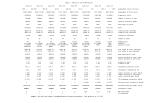
|
|
|
|
||
Record of the observations.
|
|
||
|
|

|
|
|
|
||
The old Kitt Peak Solar Flux Atlas. There are eight overlapping FTS scans that were normalized and pieced together to form a continuous residual spectrum. The observational data for the scans is listed in Table 1. (There are only seven scans in this figure because the eigth is beyond 1000 nm.) The next figures show the re-reduction of these scans.
|
|
||
|
|
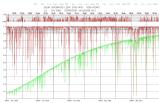
|
|
|
|
||
Broad atmospheric features of O_3 and [O_2]_2 that were present in the scans but not considered. Each scan was assigned to an atmospheric model listed in Table 1. The O_3 and [O_2]_2 transmission was computed using programs available on my website, kurucz.harvard.edu, and divided out. (The transmissions for the seven scans were pieced together for the plot.)
|
|
||
|
|
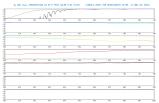
|
|
|
|
||
The blue end of one of the FTS scans is shown in green. A continuum, smooth green line, is subjectively fitted to the scans by comparing to predictions from calculations of the solar spectrum and the telluric spectrum. When a reasonable looking fit has been obtained through iteration, the spectrum is divided by the continuum value to produce a residual spectrum shown in red. The top 1 percent of the residual spectrum is replotted in red as well. The blue curve is the the transmission curve for O_3 and [O_2]_2 that has already been divided out.
|
|
||
|
|
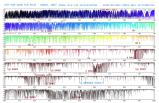
|
|
|
|
||
The scans were blueshifted to remove the gravitational red shift and pieced together in the solar laboratory frame in air. This is the revised spectrum of the Kitt Peak Solar Flux Atlas.
|
|
||
|
|
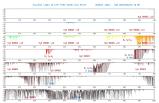
|
|
|
|
||
Telluric lines of O2 and H2O that were computed from the atmospheric model for each scan in the solar laboratory frame with gravitational red shift removed. (The seven scans are pieced together.)
|
|
||
|
|
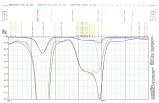
|
|
|
|
||
A sample calculation of the spectrum for a relatively empty angstrom at 599.1 nm in the Solar Flux Atlas shown in Figure 4. The telluric, solar, and observed spectra are labelled at normal scale and 10 times scale.
|
|
||
|
|
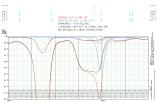
|
|
|
|
||
Shows the irradiance spectrum obtained from the spectra in Figure 6 by dividing out the telluric spectrum. For stronger telluric lines and lines with incorrect wavelengths, there are artifacts that appear in the irradiance spectrum that were removed by hand and replaced with a linear interpolation.
|
|
||
|
|
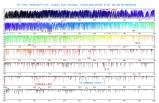
|
|
|
|
||
The residual irradiance spectrum after all the scans have been processed and pieced together in the solar laboratory frame in vacuum with gravitational red shift included.
|
|
||
|
|
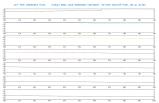
|
|
|
|
||
The predicted level of the continuum for theoretical solar model ASUN (Kurucz 1992).
|
|
||
|
|
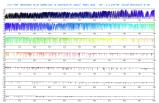
|
|
|
|
||
The absolute irradiance spectrum obtained by normalizing the residual irradiance spectrum shown in Figure 8 to the continuum level shown in Fig. 9.
|
|
||
|
|
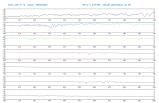
|
|
|
|
||
The reference irradiance spectrum proposed by Thuillier et al. (2004).
|
|
||
|
|

|
|
|
|
||
The Kitt Peak absolute irradiance spectrum smoothed using a 0.5 nm triangular bandpass that approximates the resolution of Thuillier et al. and then compares the two spectra. Note the probable overestimation of the ozone below 320 nm and around 600 nm in the Kitt Peak atlas. (Remember that ozone has been divided out.) I will probably have to re-reduce those scans. Note the flux discrepency in the G band. It appears that model ASUN does not produce enough flux, perhaps becase of insufficient opacity below 300 nm that results in too low a temperature gradient. I am adding more line opacity. I will try to produce a better model. Of course, there may also be errors in Thuillier et al. as well.
|
|
||
|
|
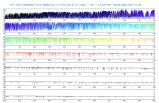
|
|
|
|
||
The Kitt Peak irradiance spectrum subjectively normalized to the Thuillier et al. irradiance spectrum. I recommend this spectrum as the high resolution irradiance spectrum. The procedure for removing telluric lines introduces noise into the irradiance spectrum where there were telluric lines. The flux atlas itself should be used for abundance analysis or other critical work.